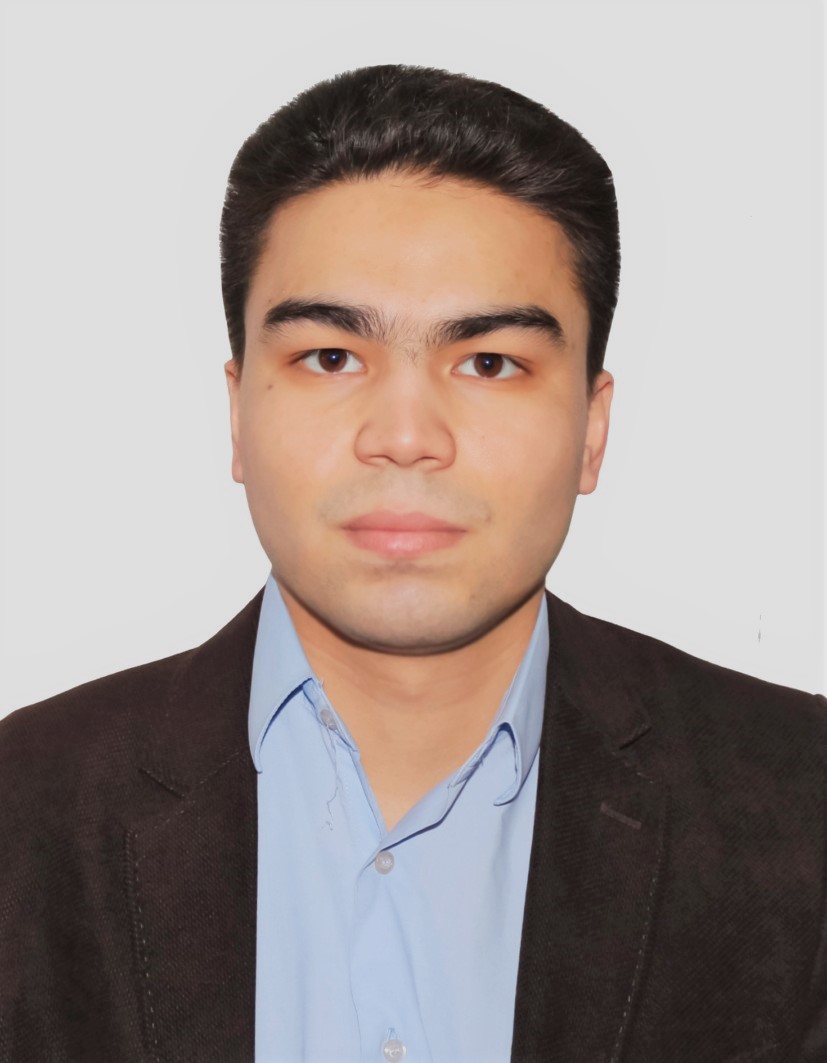The cultural memory of Muslims forms a certain way of communication, thinking, which is instrumentalized by the community of believers for religious discourse in a mosque, printing, media projects, and education. The reproduction of collective memory occurs through the heroes of history – the figures of memory. The latter serve as spatial and temporal landmarks of the group’s memory and become models and role models. This article provides a brief analysis of the places of memory of the heroes of Islamic history in the cultural identity of Muslims of the Russian Federation. The solution to this problem will bring us closer to understanding the self-identification, religious life and mentality of the Russian community of believers. The main personalities in Muslim history are the prophets, associates, pious rulers and military leaders, great scholars, theologians, and the righteous. To determine the significance of personality for cultural memory, the research was faced with the task of reducing their list with specific tools for studying big data. For this, the Google Trends analysis tool was used, and on its basis a hierarchy of requests from the heroes of Islamic history is carried out. The interpretation of the data is carried out. The article discusses which memorialization strategies are used by the Muslim community to reproduce a cultural transmission, as well as existing injuries and forms of silence. The absence of a single Russian Islamic metanarrative is an obstacle to the unification of Muslim believers and their integration into the national cultural agenda.
Keywords: collective memory of Muslims, cultural memory, historical memory of Muslims, history of Islam, Muslims of Russia, figures of memory
DOI: 10.22250/2072-8662.2020.4.37-48
About the author
 |
Timur M. Nadyrshin – Junior Researcher, Department of Religious Studies; R.G. Kuzeev Institute for Ethnological Studies |






